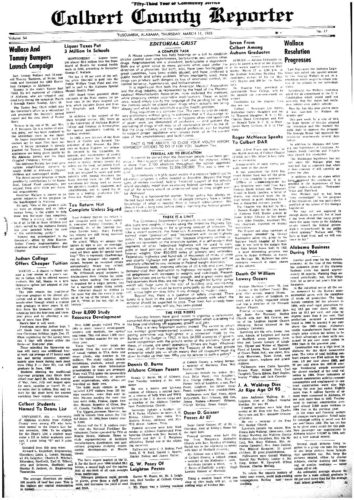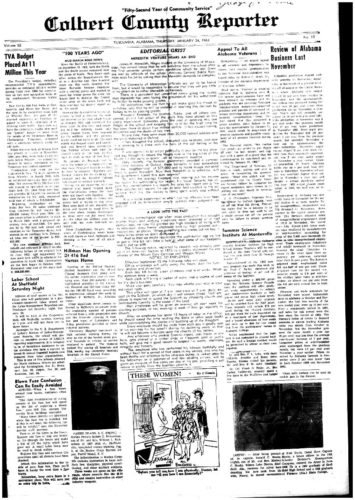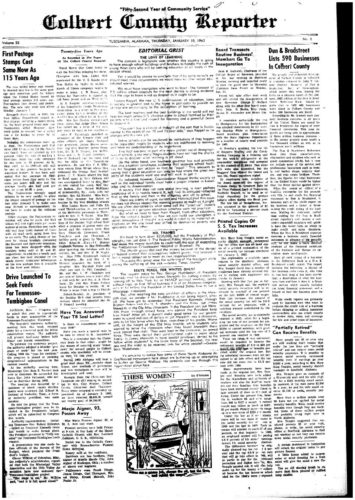February 5, 1953
Describes that people within the Black community do not see desegregation as the proper way to improve race relations and create equality because the integration of schools could cause many Black teachers in the south to be without jobs and to lose their salaries.












